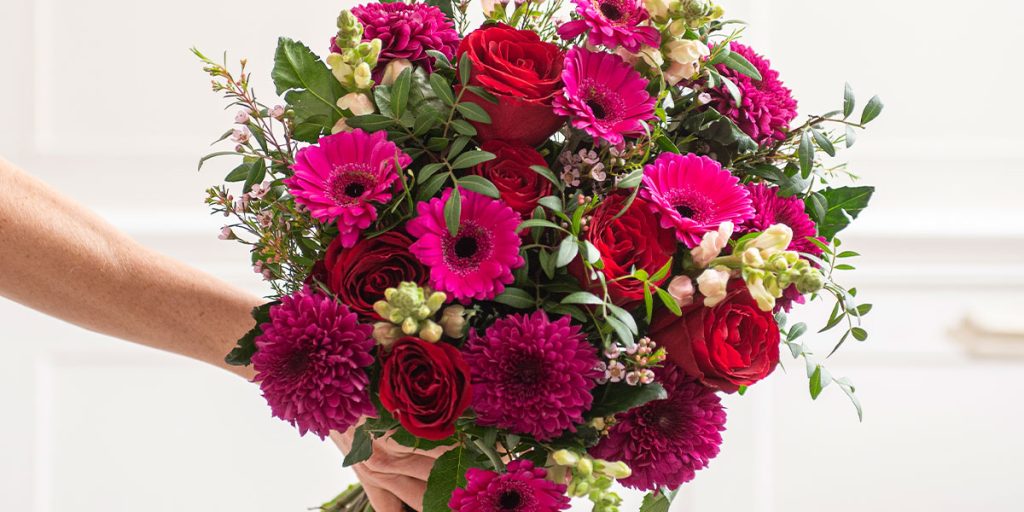The intricacies of pricing might surprise you. Behind the scenes, a multitude of factors converge to determine the expense of those floral arrangements you adore. From the rarity of certain blooms to the expertise required in crafting elaborate bouquets, each detail contributes to the overall price tag. Stay tuned to unravel the mystery and gain insight into why investing in wedding flowers is more than just a whimsical choice—it’s a decision backed by a blend of artistry, skill, and market dynamics.
Pandemic Impact on Floral Industry
The floral industry faced unprecedented challenges during the pandemic, causing a significant impact on the availability and pricing of wedding flowers. Labor shortages disrupted farm operations, leading to rising costs and availability issues globally. With reduced workforce numbers, farms struggled to meet the high demand for flowers, resulting in decreased production and increased prices. This global impact reverberated through the supply chain, affecting local shops and ultimately affecting couples planning their weddings. The lean farm operations due to labor shortages meant fewer flowers were being cultivated, leading to a scarcity in the market. This scarcity, coupled with increased costs of production, transportation, and storage, contributed to the overall rise in prices of wedding flowers. The intricate process of cultivating, harvesting, and delivering flowers was further complicated by the challenges posed by the pandemic, highlighting the fragility of the supply chain in the floral industry during such unprecedented times.
Supply and Demand Challenges
Amidst the challenges faced by the floral industry due to the pandemic, the interplay of supply and demand presents a pivotal obstacle affecting the availability and pricing dynamics of wedding flowers.
- Pricing strategies: Florists are adapting pricing strategies due to fluctuating supply costs and increased demand for wedding flowers.
- Industry trends: The wedding industry’s shifting landscape impacts the floral market, influencing pricing structures and consumer choices.
- Market analysis: In-depth market analysis is crucial for florists to navigate price fluctuations, meet consumer demands, and maintain profitability amidst economic factors.
The surge in demand for wedding flowers, coupled with supply chain disruptions and labor shortages, has led to a delicate balance of pricing and availability. Florists must carefully consider consumer behavior, economic factors, and innovative pricing strategies to address the challenges posed by the current supply and demand dynamics.
Growing Conditions and Costs
Navigating the intricate balance between optimal growing conditions and associated costs in the floral industry requires a keen understanding of environmental factors and their financial implications. Industry challenges arise from the living nature of flowers, heavily impacted by soil conditions and weather. Floral trends often dictate preferences for certain blooms, influencing pricing factors significantly. Environmental impacts play a crucial role in determining the cost and availability of wedding flowers. Ideal growing conditions in regions like South America, the East Coast, and West Coast (California) face challenges due to unfavorable spring conditions and natural disasters, affecting flower growth. These factors contribute to the overall cost structure within the industry. Understanding these growing conditions and their related costs is essential for florists to navigate the complexities of sourcing and pricing flowers for weddings while staying abreast of the ever-changing floral landscape.
Components of Wedding Flower Costs
When budgeting for your wedding, understanding the intricate components that contribute to the costs of wedding flowers is crucial for making informed decisions.
Components of Wedding Flower Costs:
- Labor-Intensive Preparation:
- Skilled florists invest significant time in the labor-intensive mechanics involved in creating floral arrangements and bouquets.
- Specialized transportation methods like trucks with air conditioning units are utilized to maintain the flowers’ freshness.
- The flower preparation process includes cleaning, cutting, and processing stems, which requires expertise and attention to detail.
- Bespoke Service:
- Florists offer bespoke services tailored to each wedding, including mood boards, proposals, and estimates.
- Stem count calculations and vendor coordination ensure the seamless execution of the floral design.
- Coordination with multiple sources for flower procurement guarantees the availability of high-quality blooms.
- Wholesale Costs and Floral Design:
- Wholesale costs for florists have increased by 10-35% in recent years, impacting the overall pricing of wedding flowers.
- Skilled florists continuously refine their floral design techniques, investing time and expertise into each wedding.
- The role of skilled florists is crucial in ensuring the quality, freshness, and aesthetic appeal of wedding flowers.
Types of Flowers and Seasons
As you plan your wedding and consider the intricate components that contribute to the costs of wedding flowers, understanding the types of flowers available in different seasons becomes essential for creating a stunning floral arrangement that aligns with your vision and budget. Seasonal blooms play a significant role in floral trends and cost factors. Opting for flowers that are in-season can be a cost-effective choice, as they are more readily available and often fresher compared to out-of-season blooms. By carefully selecting seasonal flowers, you can manage expenses while ensuring the quality of your floral arrangements.
When budget planning for your wedding flowers, keep in mind that certain blooms may be pricier due to factors like import costs and popularity. For instance, garden roses might be more expensive than chrysanthemums because of their demand and scarcity. Therefore, incorporating seasonal blooms into your floral arrangements can not only enhance the overall aesthetic but also help in cost-effective wedding planning.
Factors Contributing to Expensive Flowers
Understanding the intricate elements influencing the pricing of wedding flowers involves delving into various factors that contribute to their expense. Here are three key factors:
- Wholesale Pricing: The cost of wedding flowers is significantly impacted by rising wholesale prices for florists, which have increased by 10-35% in recent years. This increase directly affects the overall pricing of floral arrangements, making them more expensive for couples.
- Design Complexity: Wedding flowers often require intricate designs and arrangements, adding to their cost. The labor-intensive process of creating bespoke floral pieces tailored to each wedding involves skilled craftsmanship and significant time investment. From mood boards to stem count calculations, each detail contributes to the complexity and pricing of the final floral arrangements.
- Flower Scarcity: Certain blooms, like Lily of the valley or off-season peonies, are scarce and expensive due to limited availability. Skilled florists must coordinate with multiple sources to procure these flowers, driving up the overall cost of wedding floral designs.
Floral Design Process Overview
The intricate elements influencing the pricing of wedding flowers lead us into the detailed realm of the Floral Design Process Overview. When orchestrating the perfect floral arrangements for weddings, designers delve into the latest design trends, meticulously selecting blooms that align with the chosen color palettes. The creative process involves weaving together budget considerations with the couple’s vision, ensuring every petal harmonizes flawlessly. From the initial meeting to discuss style preferences to the creation of mood boards and proposals, every step is a symphony of artistry and precision.
Designers invest hours in stem count calculations, fixture building, and coordinating with suppliers to source the finest blooms. The studio space serves as a sanctuary where the magic unfolds, with multiple designers pouring their expertise into crafting stunning floral masterpieces. On-site installations require strategic planning and execution, culminating in the seamless delivery, set-up, and post-event clean-up. The Floral Design Process is a labor of love, where each bloom is a brushstroke painting a picture of beauty and elegance.
Role of Skilled Florists
Skilled florists play a pivotal role in orchestrating the intricate beauty of wedding flowers, ensuring each stem is a masterpiece of elegance and freshness. Their skilled expertise and design techniques are essential in creating stunning floral arrangements that captivate and enhance the wedding atmosphere. Here’s how skilled florists contribute to the magic of wedding flowers:
- Quality Assurance: Skilled florists prioritize quality assurance at every step, from selecting the freshest blooms to meticulously crafting each arrangement with precision and care.
- Sustainability Practices: With a focus on sustainability practices, skilled florists make conscious choices to minimize environmental impact, such as sourcing locally grown flowers and reducing waste in floral production.
- Floral Design Mastery: Through continuous education and practice, skilled florists stay abreast of the latest design trends, ensuring that each floral arrangement is a work of art that complements the wedding theme flawlessly.



